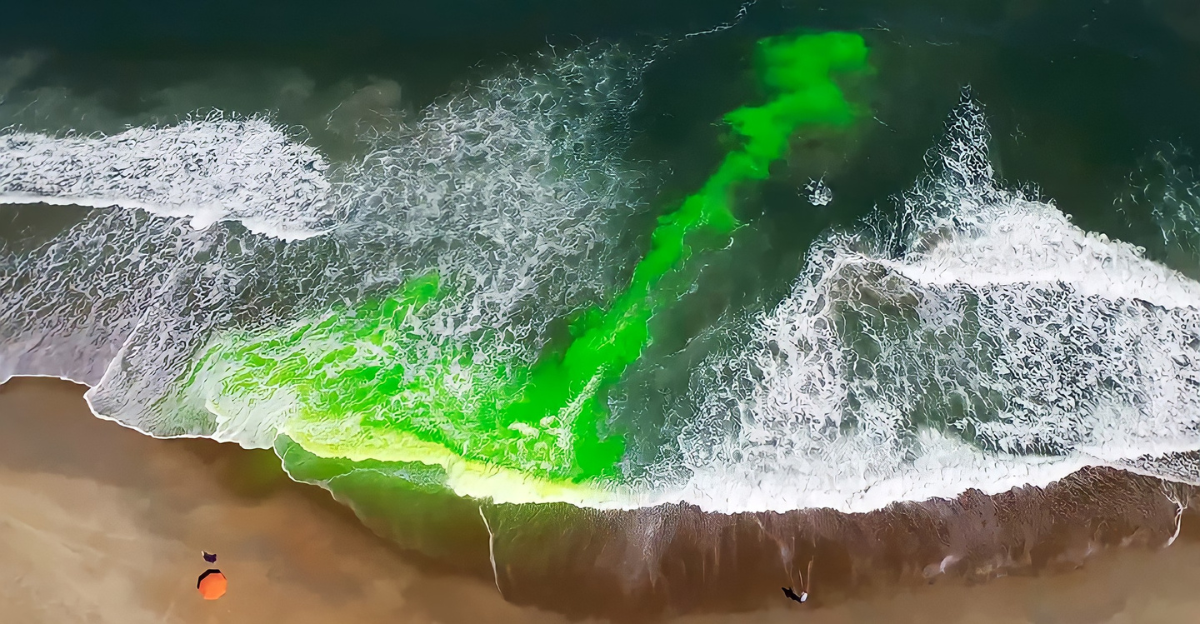
The Florida Atlantic Coastline spanning 3,331 miles is now under a National Weather Service (NWS) warning for dangerous ocean conditions due to life-threatening rip currents. Rip currents are powerful, narrow channels of fast-moving water away from shore, often reaching speeds exceeding five mph, faster than Olympic swimmers.
These currents are a significant hazard, dragging swimmers swiftly into deeper waters and accounting for more deaths annually in the United States than hurricanes or tornadoes.
As a result, the NWS highlights that even experienced swimmers can be overwhelmed, urging caution, adherence to beach flags, and swimming near lifeguards. This widespread threat affects the north of Jacksonville to the south of Homestead, directly impacting millions of residents and visitors alike.
A Silent Killer

Rip currents have always been a silent killer on U.S. beaches, but public awareness has historically lagged behind. Only recently, with improved forecasting models developed by NOAA scientists, has there been a shift toward proactive warnings.
For decades, rip currents caused more drownings than all other weather hazards combined, yet many swimmers had no idea of their threat or how to respond.
The tragic death of a 17-year-old at Lake Worth Beach in April 2025 reveals the persistent threat and the urgent need for education and real-time alerts.
Meteorological Trends Driving Dangerous Conditions
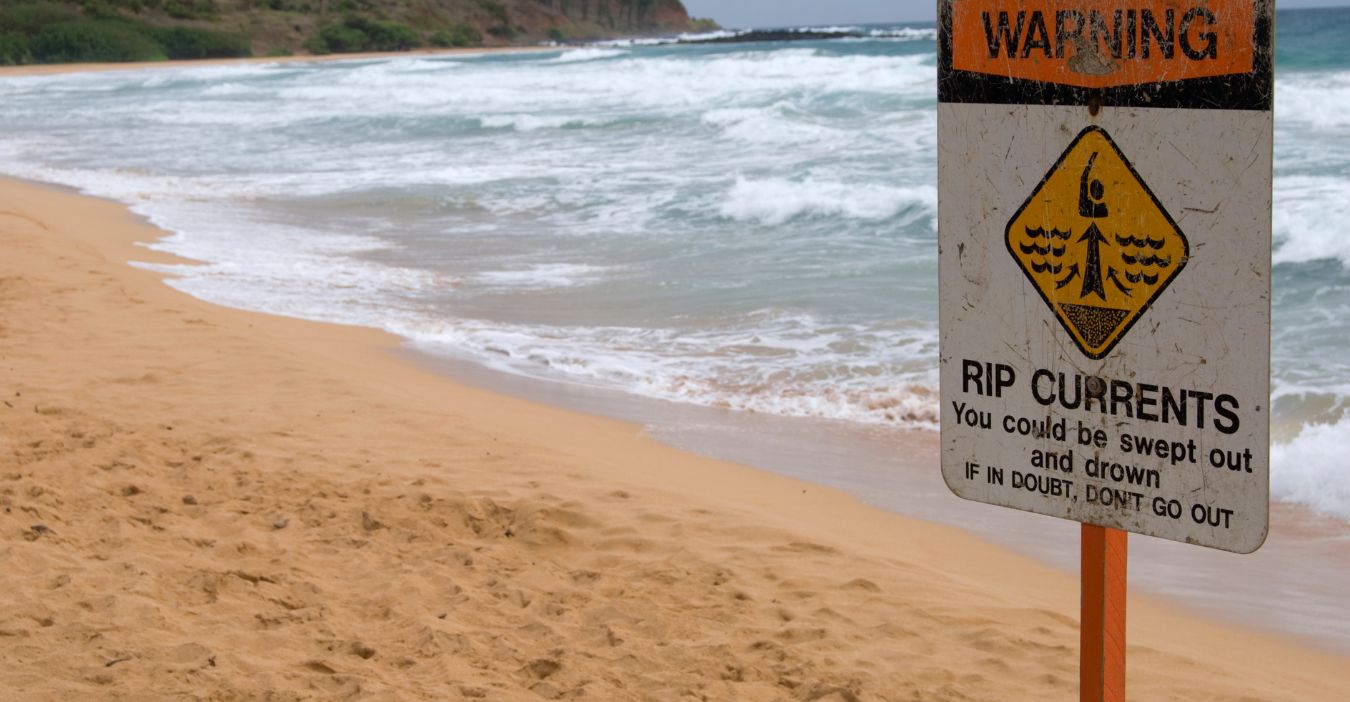
The current life-threatening ocean conditions are the result of the persistent onshore easterly winds and powerful south-moving longshore currents, which increase the likelihood and intensity of rip currents.
These winds stir the surf, which causes narrow, fast-moving water channels to develop at low spots or breaks in sandbars and around structures such as jetties and piers.
The Gulf Stream’s influence further exacerbates the strength of waves and currents. Weather forecasts predict these dangerous conditions to continue, with worsening boating conditions and possible thunderstorms further complicating the coastal environment.
Geographical Hotspots for Rip Currents
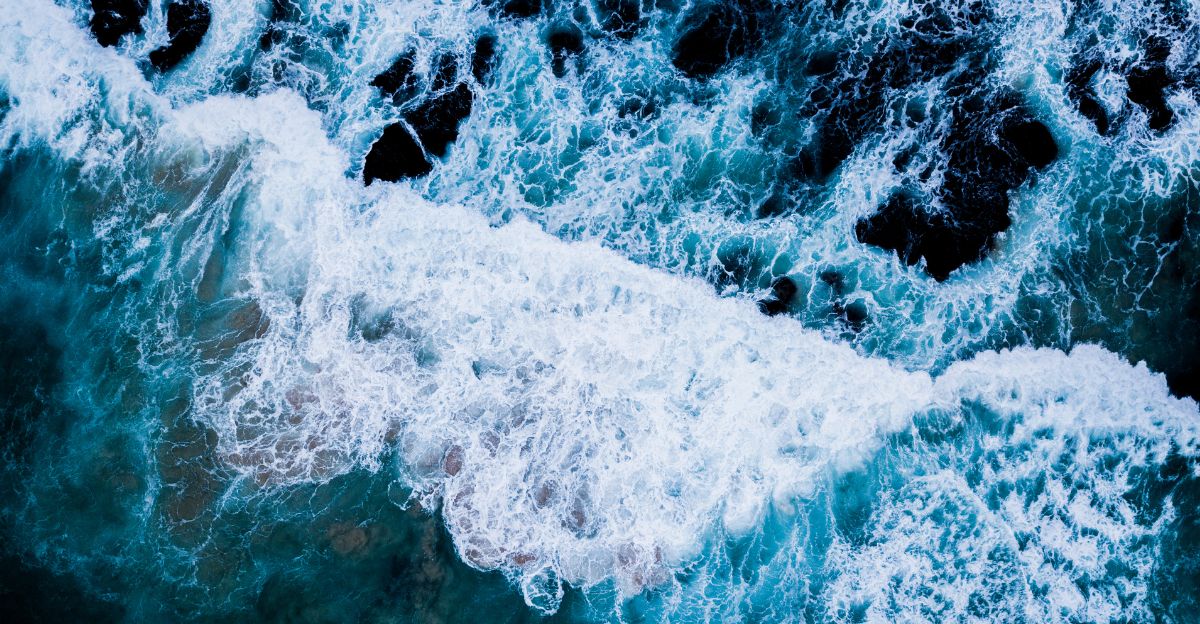
As rip currents often occur in specific areas, the combination of natural and artificial formations disrupts the flow of water, creating narrow, fast-moving channels that pull swimmers toward the sea. Identifying these hotspots helps lifeguards and beach officials focus monitoring and safety efforts where they are most needed.
Dangers of Sneaker Waves and Other Hazards

In addition to rip currents, other surf zone hazards, such as sneaker waves — sudden, powerful surges that travel farther up the beach — have caused fatalities in Florida. These unpredictable waves add complexity to coastal safety, requiring public awareness beyond just rip current education.
Season and Demographic Patterns of Fatalities
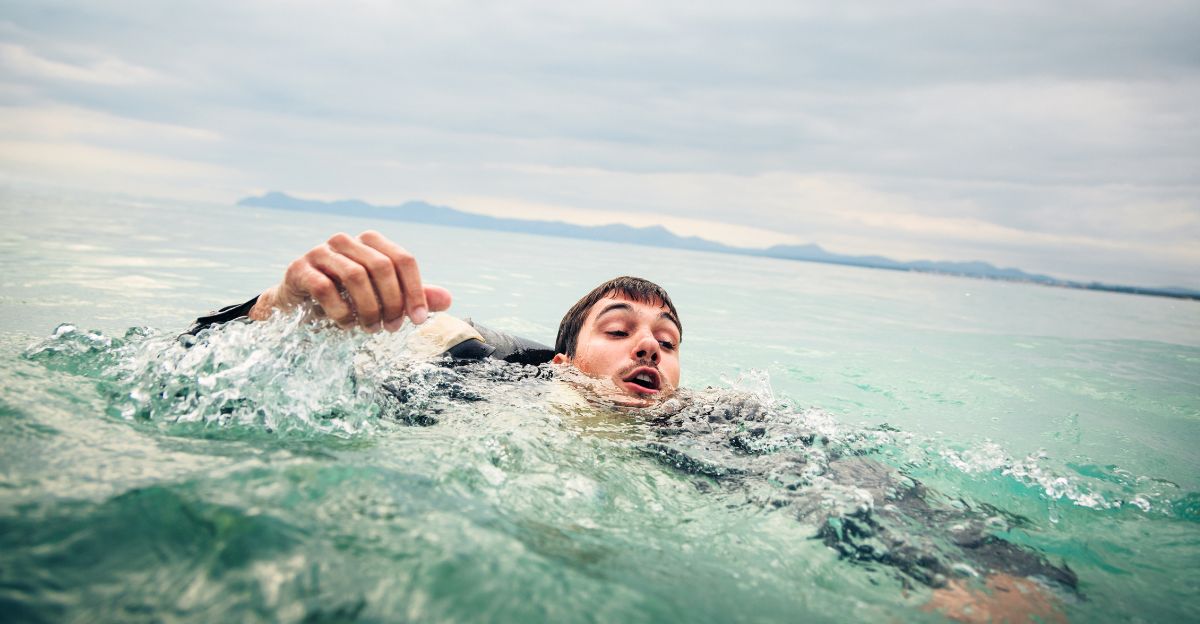
Statistics reveal rip current deaths predominantly involve males aged between 10 and 29, and most occur in summer months and on holiday weekends when beaches are most crowded. This demographic trend points to the need for targeted safety campaigns focusing on young men, who are statistically at higher risk.
Rip Current Hotspots in Florida
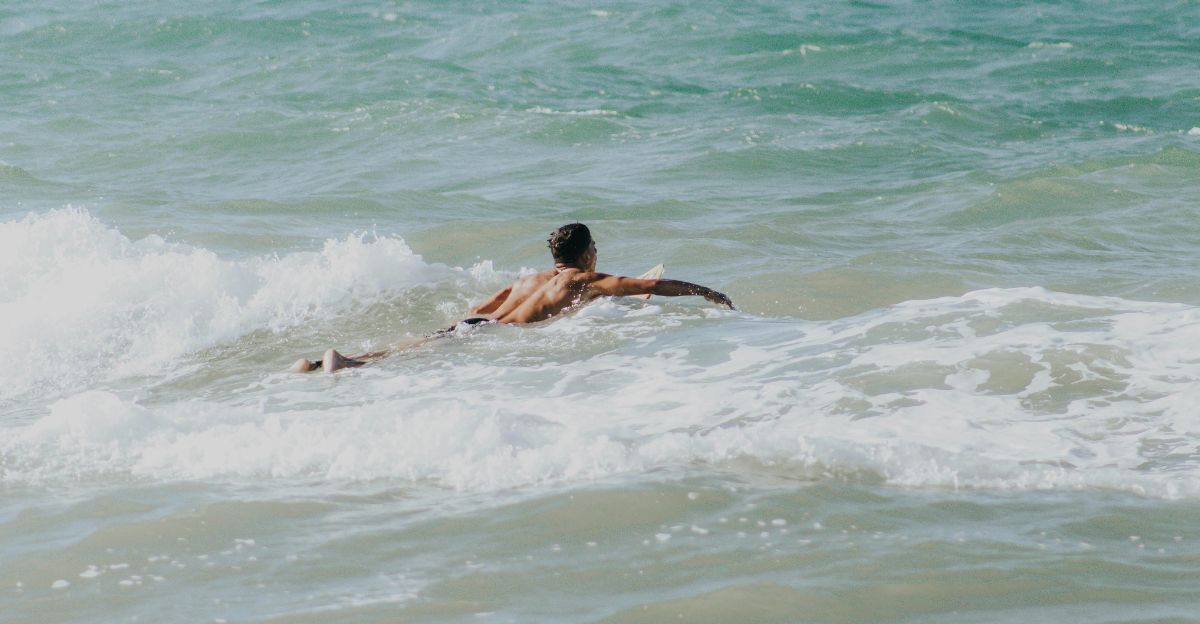
Panama City Beach has emerged as one of the deadliest locations in the U.S. for rip current deaths, recording eight fatalities in 2023 and multiple deaths in 2024 within a short time frame. The Panhandle region continues to experience the highest risk, demanding increased vigilance and preventive measures.
Psychological and Behavioural Challenges in Rip Current Incidents
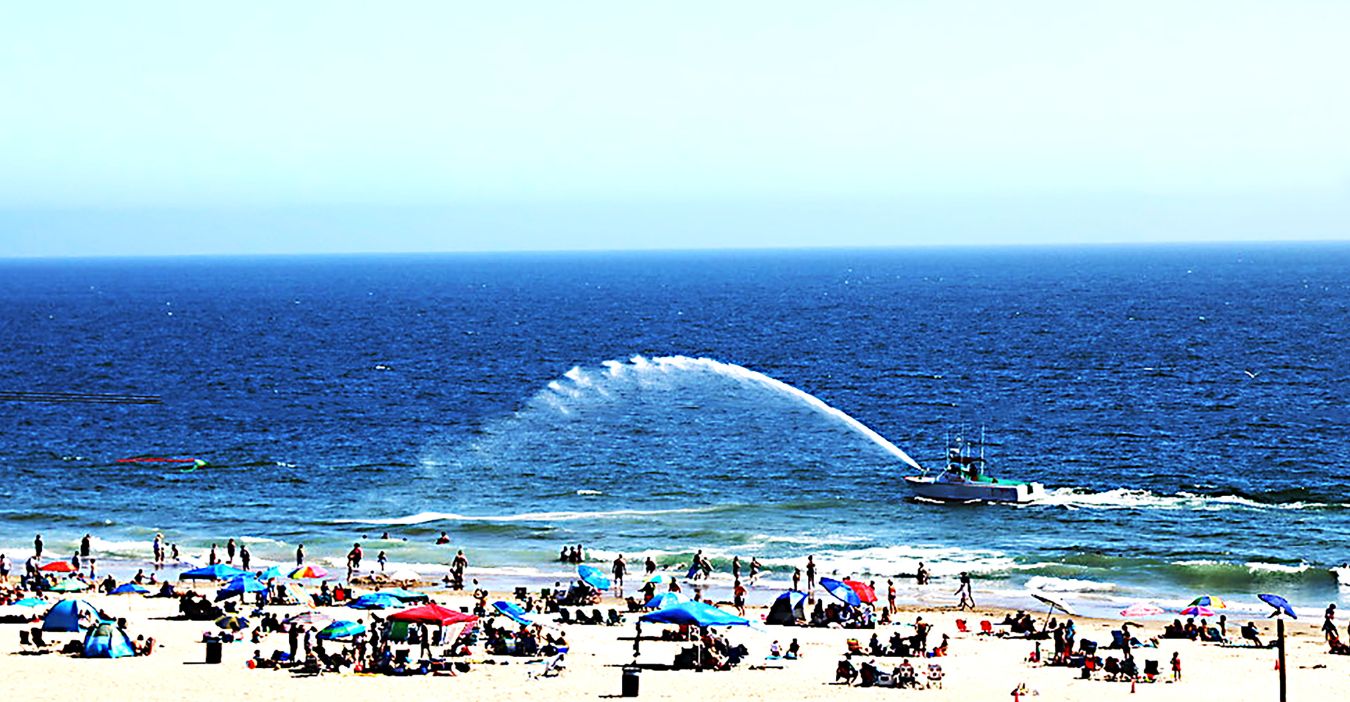
Despite warnings, swimmers tend to underestimate the dangers of rip currents, due to cognitive biases such as the optimism bias (“It won’t happen to me”) and social proof (they see others swimming safely).
When caught, panic is a common reaction, leading to futile attempts to swim directly back to shore against the current, which exhausts victims rapidly.
The NWS recommends relaxing, floating and swimming parallel to the shore to get out of the current. Ingraining such survival behaviors, however, will involve specific public education campaigns and consistent messaging, particularly in tourist areas where diverse foreign populations are unaware of local hazards.
Economic and Social Impacts on Florida’s Coastal Communities
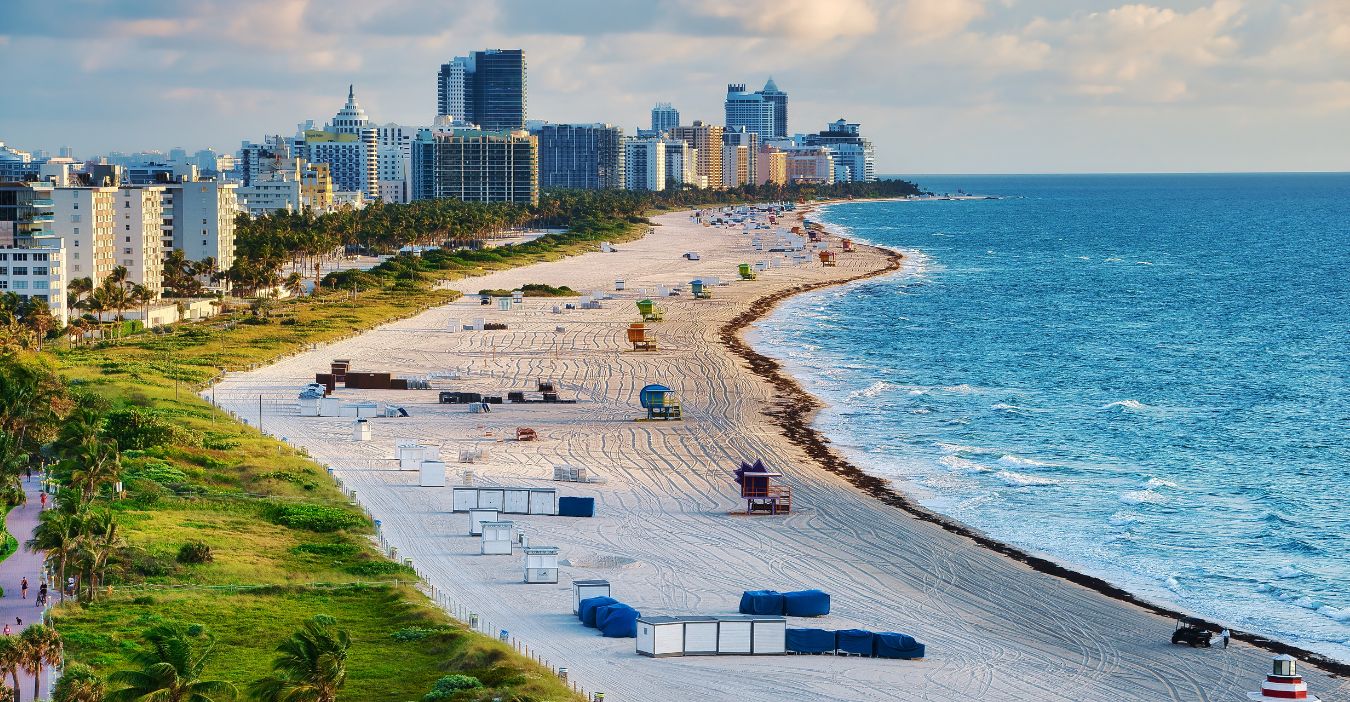
The threat of life-threatening rip currents affects not only public safety but also the economic viability of Florida’s beach-dependent tourism industry. Extended warnings and beach closures can also mean fewer visitors, hurting local businesses, from hotels to water sports companies.
Moreover, increased rescue operations strain local emergency services financially and logistically. The social cost includes loss of life and trauma to families and communities.
Balancing public safety with economic interests demands nuanced communication and preparedness strategies that maintain trust without causing unnecessary alarm.
Innovations in Rip Current Forecasting
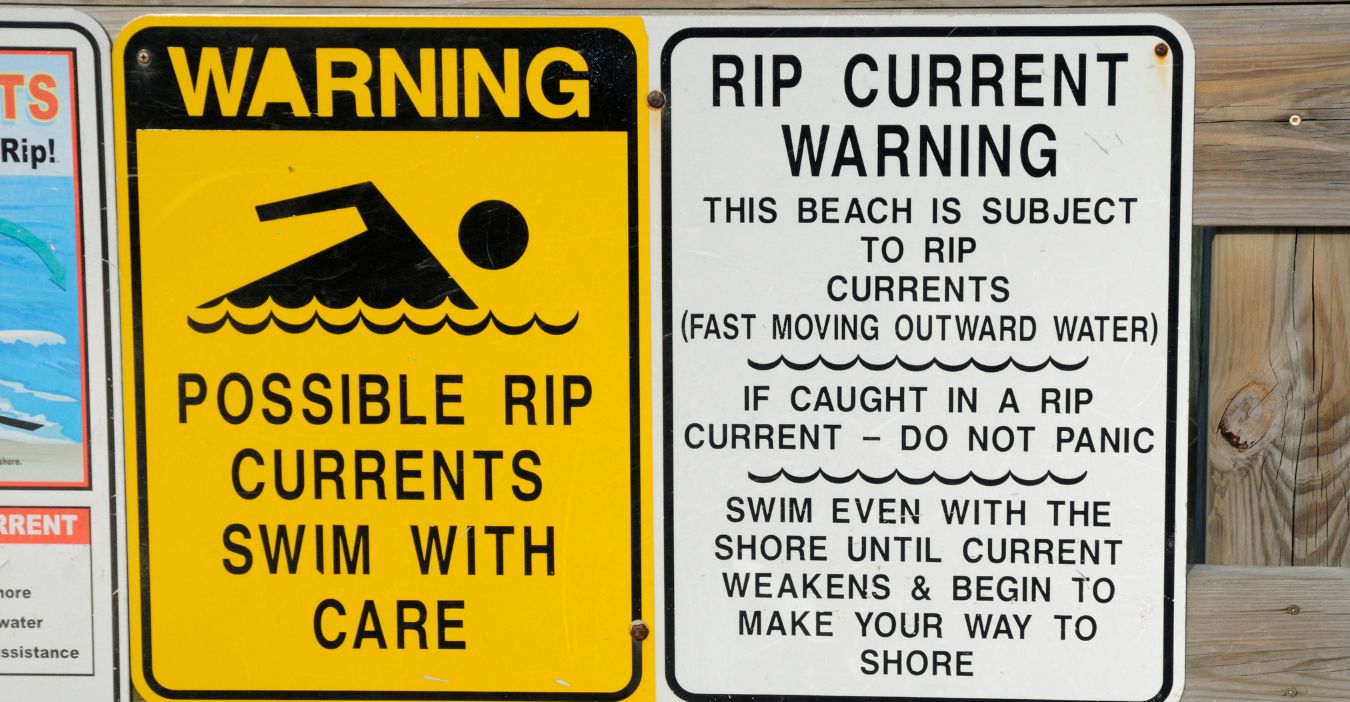
NOAA’s recent development of a rip current forecast model is a breakthrough in coastal hazard prediction. Previously, forecasters manually predicted rip currents twice daily with limited geographic scope and short lead times.
The new model provides earlier and more precise warnings, covering extensive coastlines, allowing authorities to issue more timely alerts and beachgoers to plan accordingly.
This technology has the potential to reduce drownings significantly by increasing situational awareness and enabling preventive actions before swimmers enter the water.
Is Overwarning a Risk?
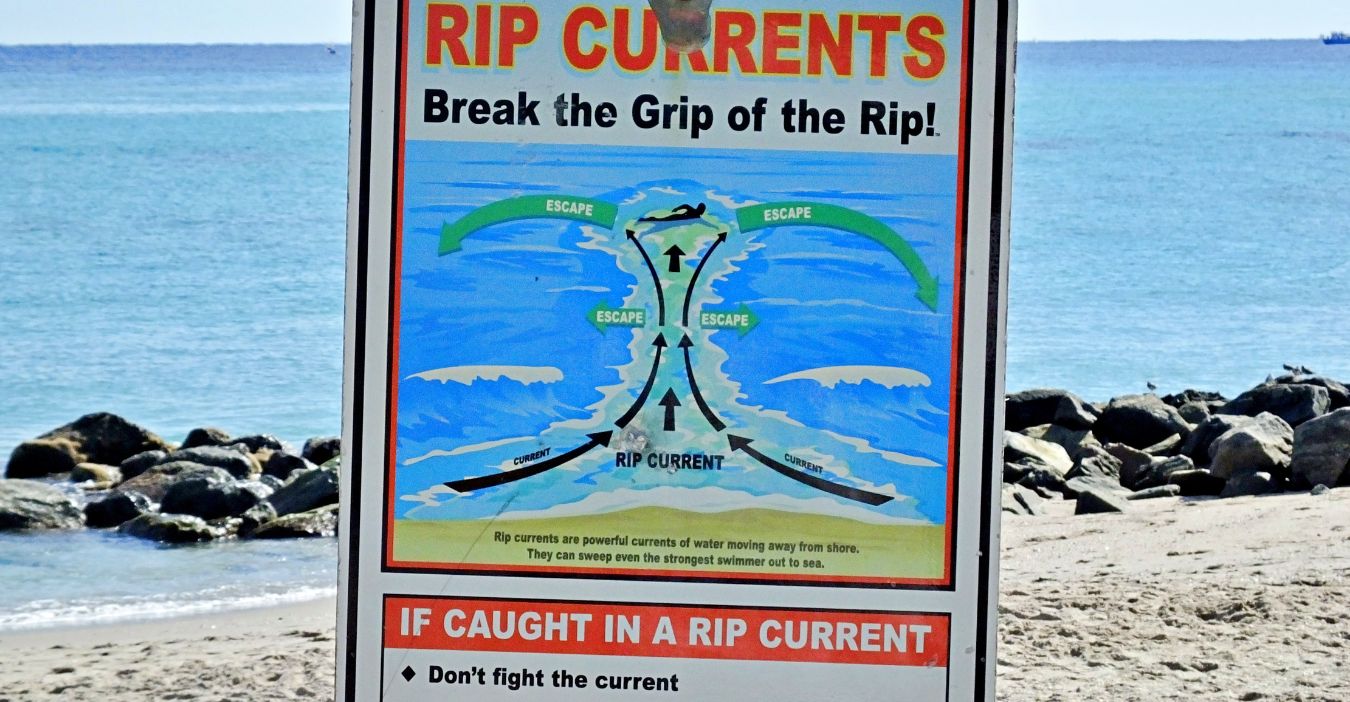
While life-threatening rip currents require vigilant monitoring, some experts argue against overwarning, which could result in public desensitization or “warning fatigue.” When beachgoers encounter frequent alerts as routine or exaggerated, they grow frustrated and may dismiss actual warnings, sabotaging safety.
This paradox challenges meteorologists and public safety officials to calibrate warnings in such a way that they grab attention but discourage complacency.
Innovative communication strategies, such as personalized alerts or integrating behavioural science, could be useful to sustain community engagement and compliance.
Extreme Case Studies Illustrating the Danger
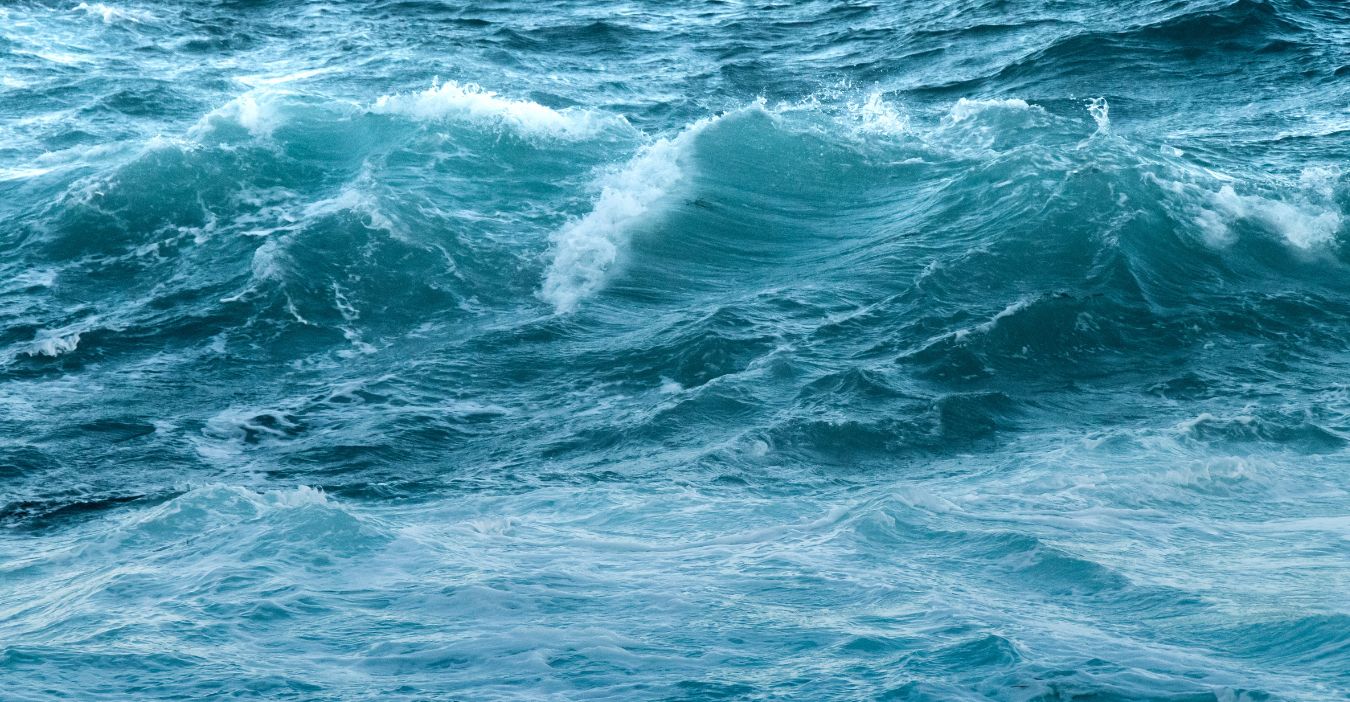
The April 2025 drowning of a 17-year-old at Lake Worth Beach exemplifies the lethal potential of rip currents, even for young, presumably strong swimmers. Other such incidents along Florida’s coast and at other U.S. beaches underscore how quickly rip currents can turn fatal.
There are comparable international threats where countries like Australia and South Africa are affected by the dangers of rip currents, leading to hundreds of deaths each year. These extreme examples underscore the universal nature of the hazard and the critical need for global knowledge exchange on prevention and rescue techniques.
Most Recent Deaths Reflect Continuing Danger
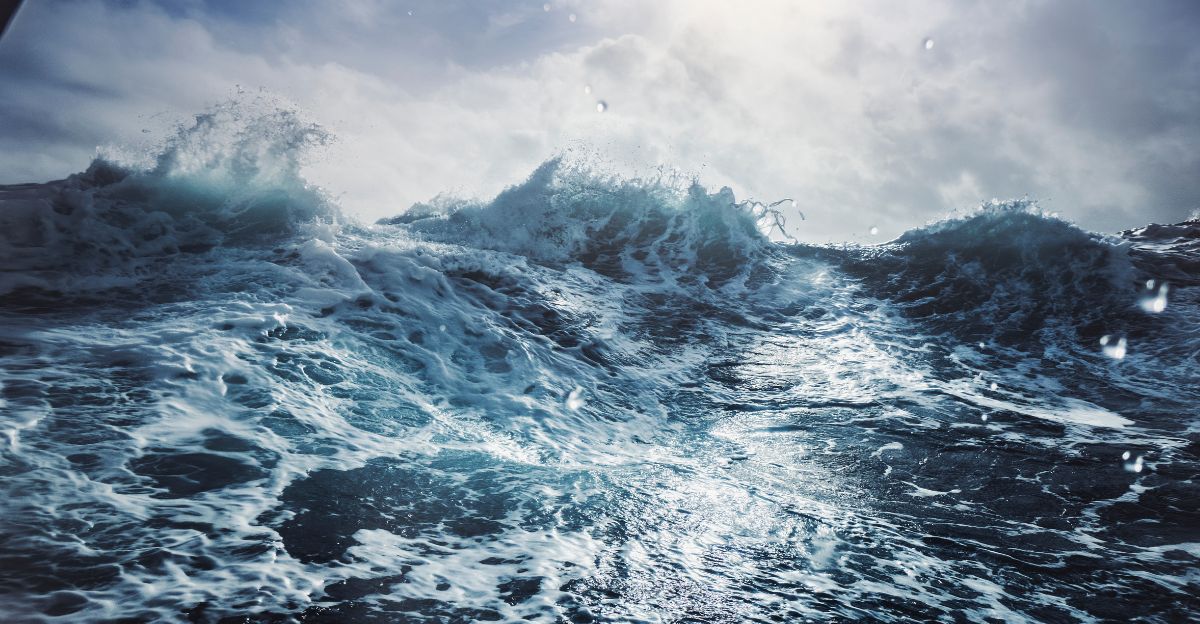
In 2025 alone, at least 19 deaths have been attributed to rip currents on Florida’s beaches, highlighting the ongoing danger. Near Lake Worth Pier, three swimmers fell into a similar tragic situation in which two were transported by emergency responders, and one, a 17-year-old, was unable to be saved despite the efforts of paramedics and drowned, showing the devastation of these currents.
Rip Current Awareness into Broader Coastal Safety
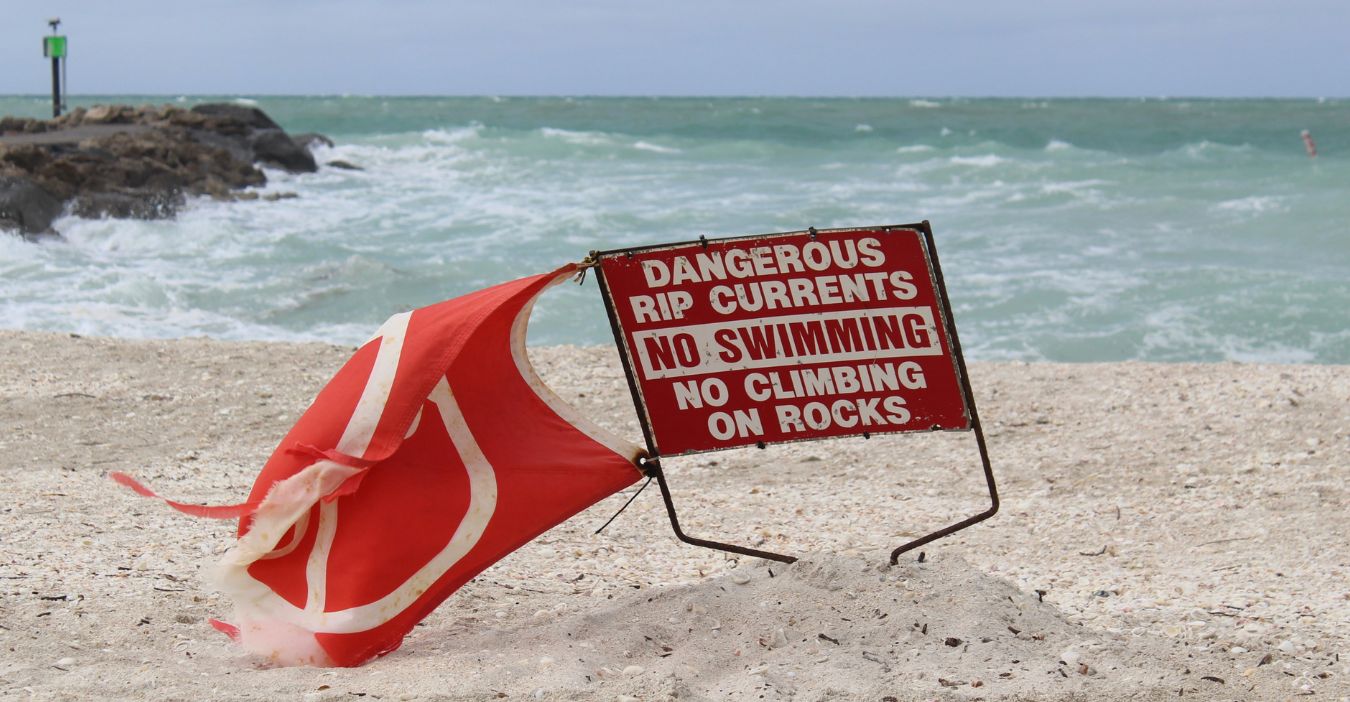
Rip current risk should be considered as a part of broader coastal safety readiness programs, which also include hurricane preparedness, water quality assessment, and climate change adaptation. As sea levels increase and storm patterns shift, rip currents could become more common and powerful, so adaptive management may be required.
Cross-sector collaborations between meteorologists, local governments, tourism boards, and educators can help build resilient communities. Incorporating rip current education into school curricula and public awareness campaigns can lead to a culture of safety that extends beyond seasonal warnings.
Multilingual Community Outreach Programs
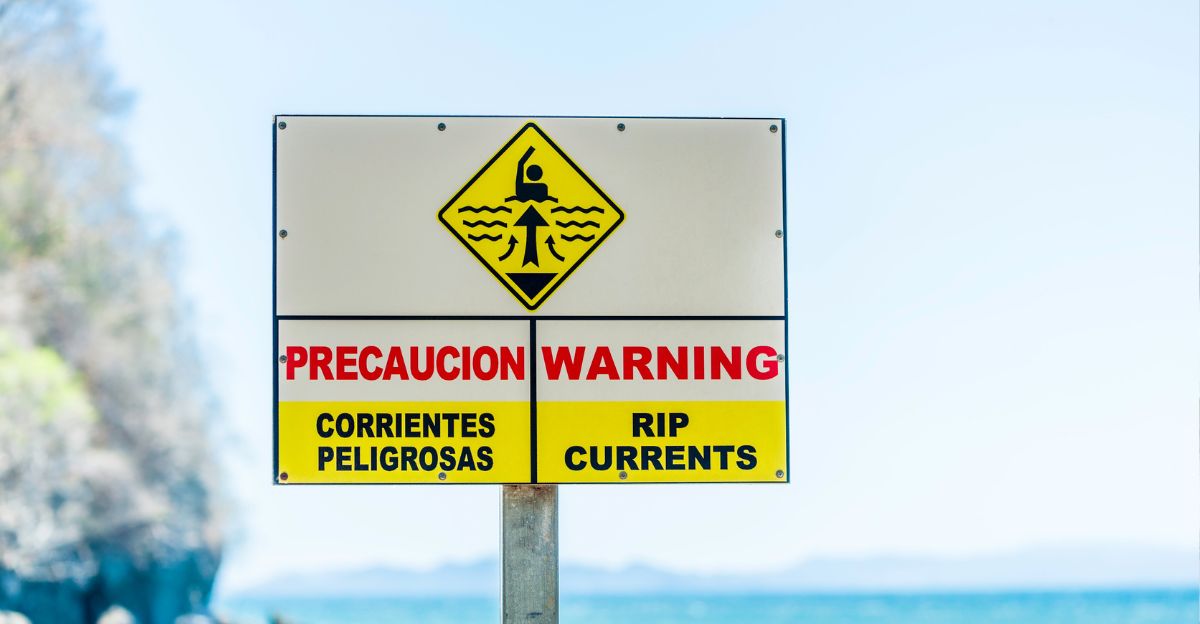
Several Florida coastal cities have started implementing multilingual outreach programs to reach diverse populations. These programs include multilingual signage, social media campaigns, and school education programmes.
These programs help overcome language and cultural barriers so that all residents and visitors understand rip current risks and safety protocols.
Emergency Response Challenges
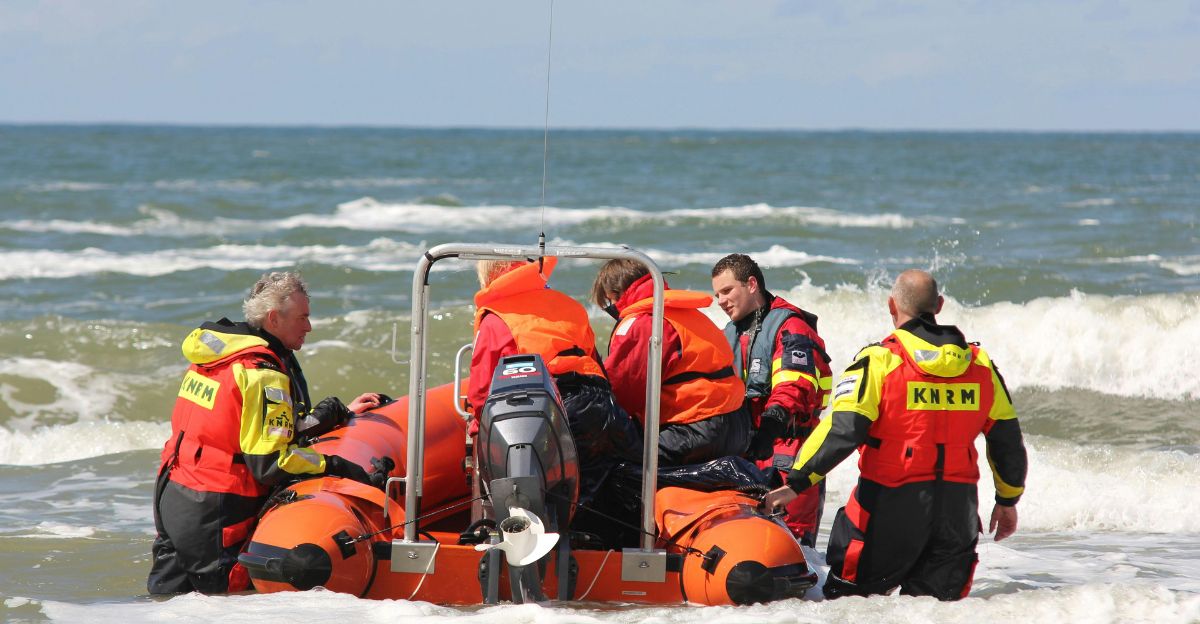
An immediate response to rip current incidents is critical, and submerged victims are commonly subjected to long submersion times prior to rescue, complicating survival outcomes.
The Lake Worth case demonstrated how quick CPR and hospital treatment can save lives, though some victims still succumb, highlighting the need for continued training and resources for responders.
Public Warning Systems and Their Reach
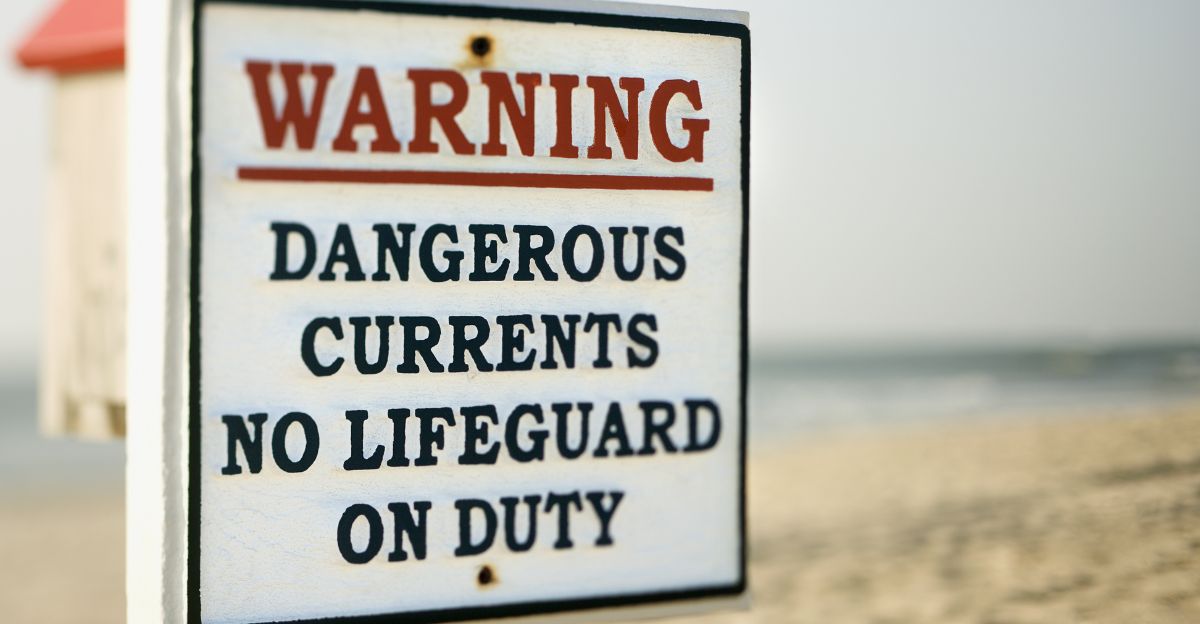
According to the National Weather Service, rip current warnings have been issued repeatedly for much of Florida’s coastlines, including Volusia, Indian River, Saint Lucie, Martin, and Brevard counties. These alerts emphasize avoiding entering the surf during high-risk periods and provide clear survival advice, aiming to reduce casualties.
Underreporting and Data Limitations
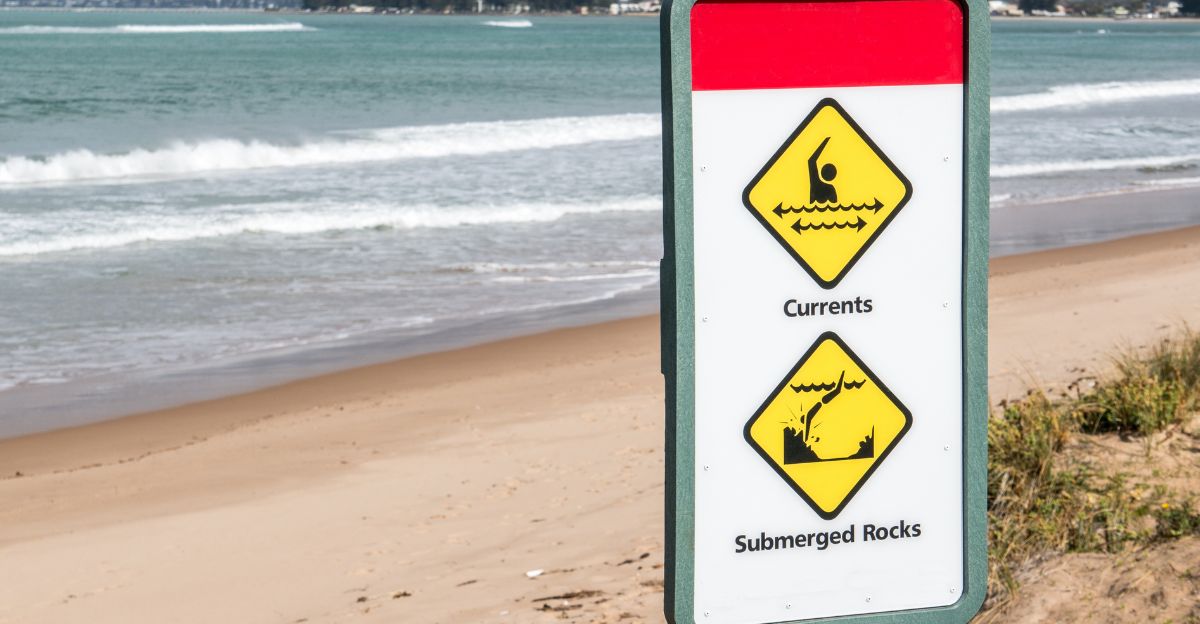
It is very challenging to accurately track the number of rip current deaths, as many incidents often go unreported or misclassified. This is a source of underreporting, making it difficult to fully understand the scope of the problem and allocate resources effectively, underscoring the need for improved data collection and interagency cooperation.
Importance of Lifeguard Presence and Public Education
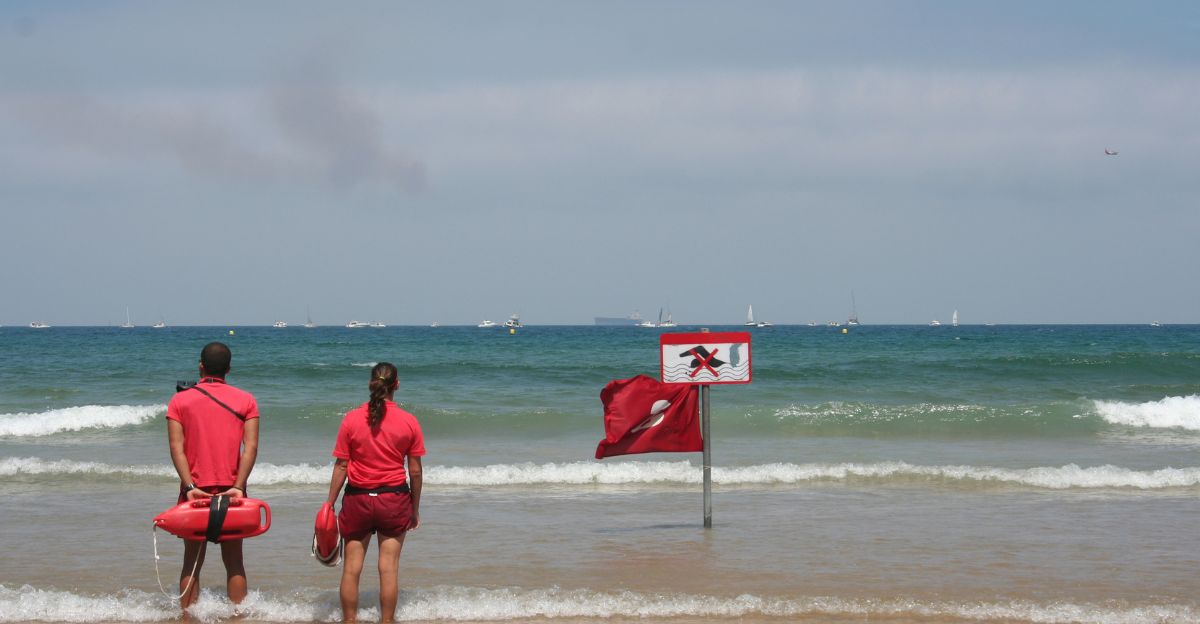
Swimming near lifeguards significantly increases survival probability during rip current events. Public education campaigns emphasize this, alongside teaching swimmers how to identify rip currents and respond correctly if caught. These measures have contributed to a decline in deaths over recent decades but must be maintained and expanded.
Informing the Public to Save Lives

The deadly sea conditions along Florida’s extensive coastline are a stark reminder that natural hazards often lurk unseen beneath inviting waves. The National Weather Service’s warnings are not alarmist, but grounded in data and tragic realities.
To defend and advance the argument for greater public vigilance, those involved need to harness state-of-the-art forecasting, behavioral science, and community engagement.
Only by confronting uncomfortable truths about risk and human behavior can we reduce drownings and protect millions who seek solace and recreation on Florida’s beaches. This is not just a weather story- it is a public health imperative demanding respect, clarity, and action.
Explore more of our trending stories and hit Follow to keep them coming to your feed!

Don’t miss out on more stories like this! Hit the Follow button at the top of this article to stay updated with the latest news. Share your thoughts in the comments—we’d love to hear from you!







